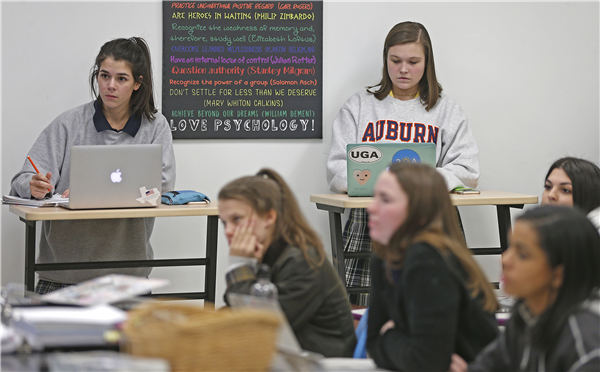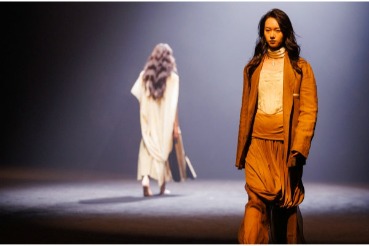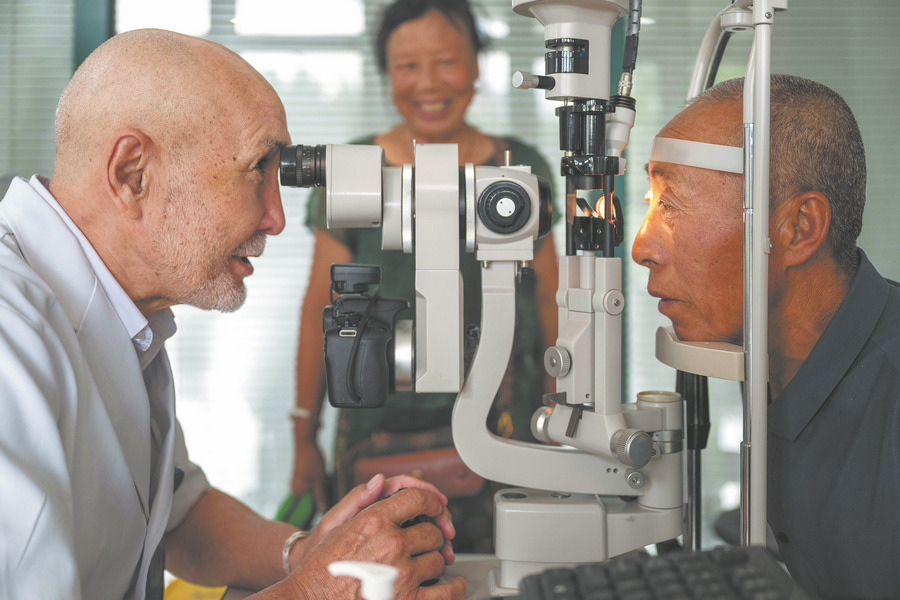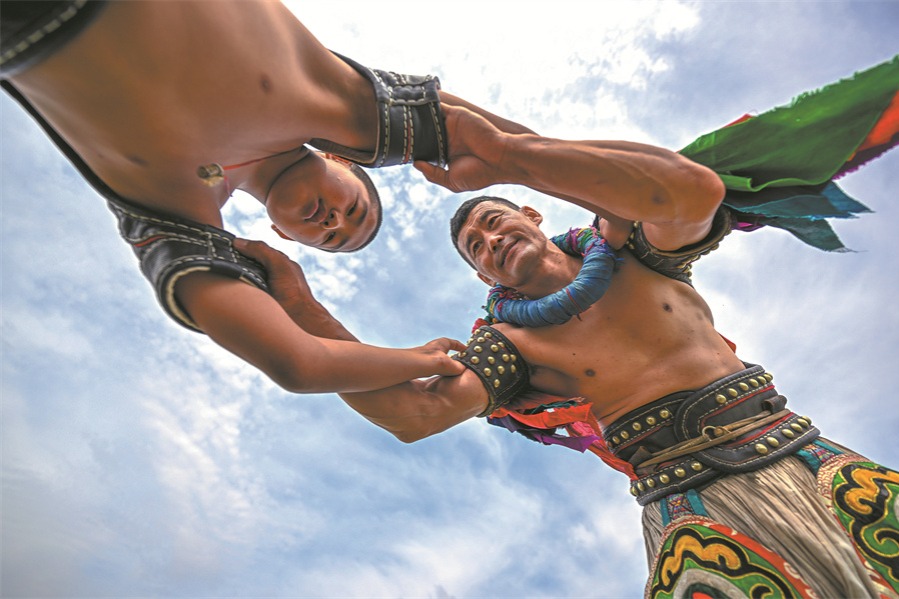US furniture company offers standing options for students


Standing desks made by Varidesk wants to expand from the cubicle and corner office into the classroom. Now, the Texas-based Varidesk says that it's acquired Stand2Learn, which specializes in standing desks for kids.
Stand2Learn was co-founded by Mark Benden, a public health professor at Texas A&M University who studies ways to boost activity and fight obesity in workplaces and classrooms. Terms of the deal were not disclosed.
Varidesk CEO Jason McCann says he sees schools as a natural place to grow. The father of three says he's concerned about children's health, especially as many spend less time at recess and in physical education and more in front of a screen.
Standing desks could help make classrooms more active and collaborative places, much as they have workplaces.
"All of the teachers are trying to keep the kids engaged and excited, just like CEOs want to keep employees engaged and excited," he says.
By expanding to classrooms, Varidesk could tap into a huge market and reach future generations of workers.
It is the first acquisition for Varidesk. The company spun off in 2013 from Gemmy Industries, a novelty and decor company that makes products from inflatable Christmas decorations for front lawns to Big Mouth Billy Bass, the singing mechanical fish popular in the early 2000s.
McCann began working on a prototype for a standing desk after his business partner had trouble finding a desk that eased his back pain.
Varidesk's company culture is more like a tech startup than a furniture company. Many of its approximately 200 employees are 20- and 30-somethings who sport T-shirts or other company swag and spend the day working from their own standing desks. The company has about 60 products and 200 more in the pipeline, says McCann.
Benden began studying standing desks as a way to fight childhood obesity and inactivity. He has received federal grants from the US' National Institutes of Health and the Centers for Disease Control and Prevention to measure their effects on calorie expenditure and classroom engagement.
"There was always a fear that if we do this (add standing desks), it will disrupt the class, it'll cause chaos," he says. "And it's been the exact opposite. Teachers have found kids are more dialed in."
His research convinced him to start the company in 2013. Stand2Learn's desks are now used by more than 100,000 children in all 50 US states and 13 countries.
Stand2Learn has had to compete on quality, rather than price. Its standing desks - which cost between $145 and $275 per student - are pricier than the plastic chairs and rows of desks sold by numerous furniture dealers.
About three years ago, the Episcopal School of Dallas bought standing desks from Stand2Learn to use at its middle school and high school. It has about 80 standing desks, which have been placed in pairs in classrooms and the student commons.
Mike Jenkins, head of a middle school, said he bought the standing desks after researching ways to serve students with different styles of learning.
Some kids prefer to sit in rows of desks, but others prefer the taller height and movement that standing desks allow.
"Above all, it's just a recognition that not all kids fit the same mold," he says.
ASSOCIATED PRESS




































